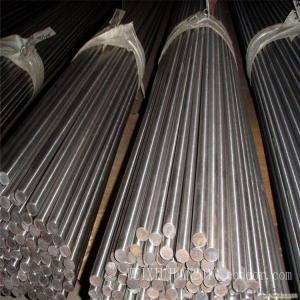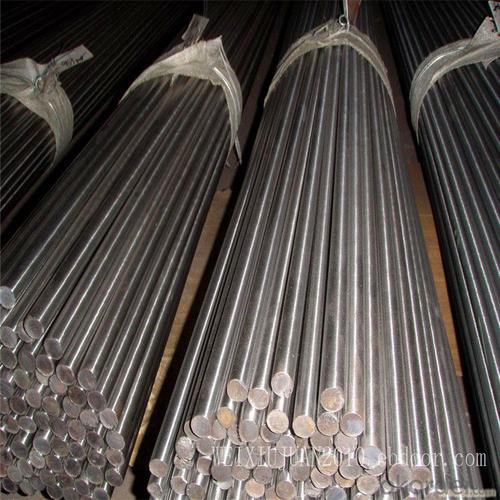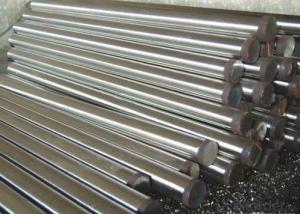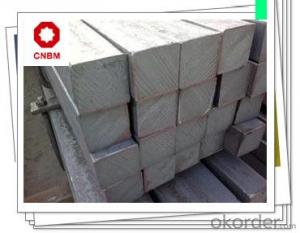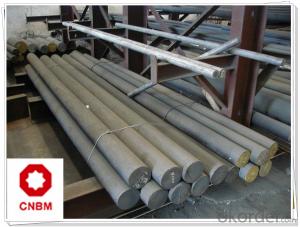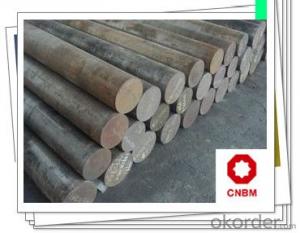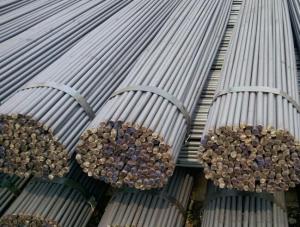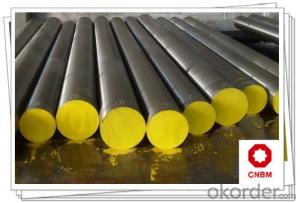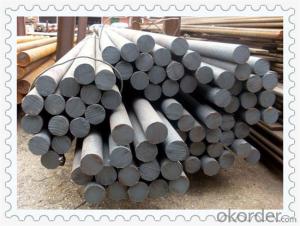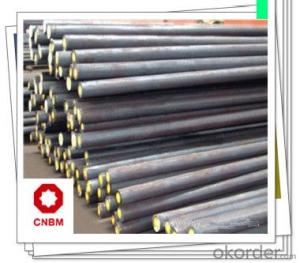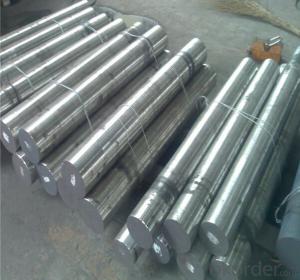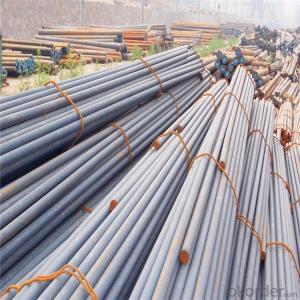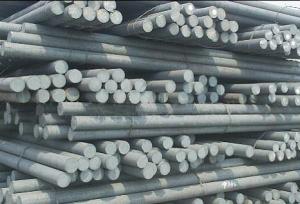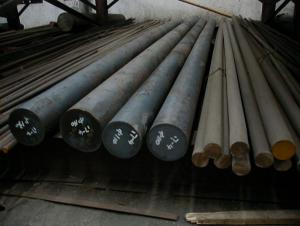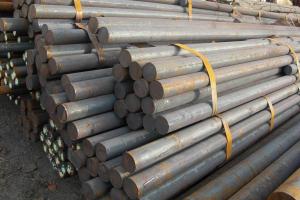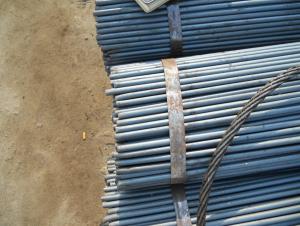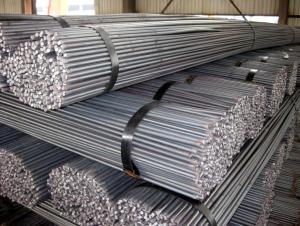Carbon Structural Steel Round Bar ASTM1020/GB20/DINC22
- Loading Port:
- Tianjin
- Payment Terms:
- TT OR LC
- Min Order Qty:
- 100 m.t.
- Supply Capability:
- 500000 m.t./month
OKorder Service Pledge
OKorder Financial Service
You Might Also Like
Specification
Carbon Structural Steel Round Bar ASTM1020/GB20/DINC22
Product Description of Carbon Structural Steel Round Bar ASTM1020/GB20/DINC22
1. Steel grade: SAE1020, 20#, C22, S20C
2. Length: 6M-12M
3. Diameter: 16mm-300mm
4. Product range: round bar, flat bar, square bar
5. Technique: Hot rolled, forged, cold drawn
Specification of Carbon Structural Steel Round Bar ASTM1020/GB20/DINC22
Material | ASTM 1020 | Round bar | Dia(mm) | 16-300mm |
Process | EAF + LF + VD + Forged + Heat Treatment (optional) | Length (mm) | Max 12m | |
Heat treatment | Normalized / Annealed / Quenched / tempered | Flat bar | Thickness(mm) | 8-500mm |
Delivery condition | Hot forged +Rough machined (black surface after Q/T)+ Turned (optional) | Width(mm) | 70-200mm | |
Test | Ultrasonic test according to SEP 1921-84 D/d | Length (mm) | Max 12m |
Chemical Composition of Carbon Structural Steel Round Bar ASTM1020/GB20/DINC22
C | Si | Mn | Cr | Ni | Cu |
0.17~0.23 | 0.17~0.37 | 0.35~0.65 | ≤0.25 | ≤0.30 | ≤0.25 |
Photo Show of Carbon Structural Steel Round Bar ASTM1020/GB20/DINC22
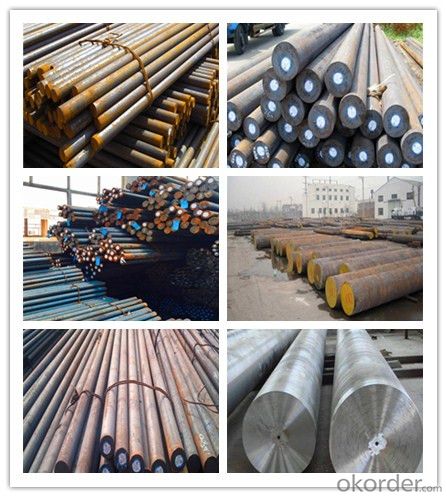
Packing and Delivery:
Packing in bundle package, or as customer's requirements.
Delivery Detail: 45 days after receiving the deposit.
Usage and Applications of Carbon Structural Steel Round Bar ASTM1020/GB20/DINC22
1. Steel round bar is used in a large number of architectural and engineering structures. Or it can be used in construction of plants for the production of steel house frames, high-voltage transmission towers, bridges, vehicles, boilers, containers, ships, etc.
2. And we can use this kind of product on the performance of the mechanical parts if the demand is not very high.
3. Some special material steel round bar can be used for main shaft of steamer, hummer shank, with big section and supper force.
Company Information
CNBM International Corporation is the most important trading platform of CNBM group.
Whith its advantages, CNBM International are mainly concentrate on Cement, Glass, Iron and Steel, Ceramics industries and devotes herself for supplying high qulity series of refractories as well as technical consultancies and logistics solutions.

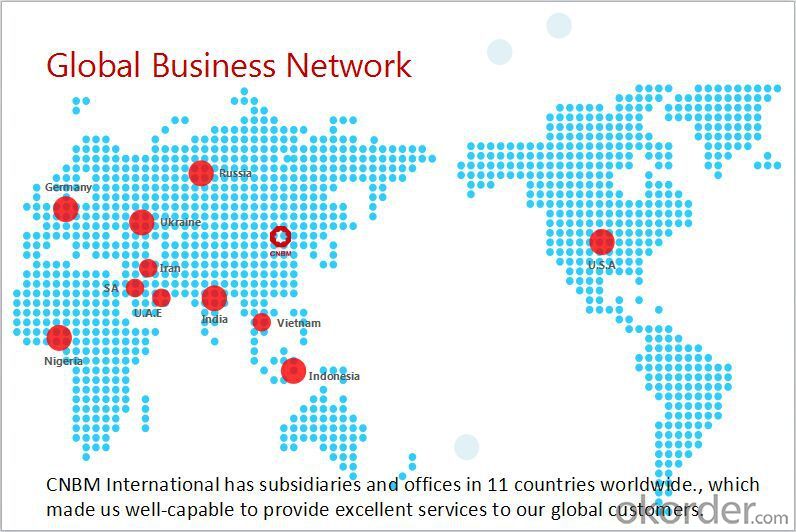
F A Q
1, Your advantages?
professional products inquiry, products knowledge train (for agents), smooth goods delivery, excellent customer solution proposale
2, Test & Certificate?
SGS test is available, customer inspection before shipping is welcome, third party inspection is no problem
3, Factory or Trading Company?
CNBM is a trading company but we have so many protocol factories and CNBM works as a trading department of these factories. Also CNBM is the holding company of many factories.
4, Payment Terms?
30% TT as deposit and 70% before delivery.
Irrevocable L/C at sight.
5, Trading Terms?
EXW, FOB, CIF, FFR, CNF
6, After-sale Service?
CNBM provides the services and support you need for every step of our cooperation. We're the business partner you can trust.
For any problem, please kindly contact us at any your convenient time.
We'll reply you in our first priority within 24 hours.
- Q: What are the different shapes available in steel round bars?
- Steel round bars are available in a variety of shapes, each designed to meet specific needs and applications. Some of the common shapes of steel round bars include: 1. Round: This is the most common and basic shape of steel round bars. It has a circular cross-section and is widely used in various industries for applications such as construction, manufacturing, and engineering. 2. Square: Square steel round bars have a square cross-section, making them suitable for applications that require stability and structural strength. They are commonly used in the construction of frames, supports, and braces. 3. Hexagonal: Hexagonal steel round bars have six flat sides and are often used in applications that require better grip and torque resistance, such as in machinery and tools. The hexagonal shape allows for a more secure connection and prevents slippage. 4. Flat: Flat steel round bars have a rectangular cross-section with two flat sides. They are commonly used for structural applications, such as in building frames and supports, as well as in the manufacturing of machinery and equipment. 5. Half-round: Half-round steel round bars have a semi-circular cross-section with one flat side. They are often used as decorative elements in architecture and furniture, as well as in the construction of railings and handles. 6. Oval: Oval steel round bars have an elongated oval shape, providing a unique aesthetic appeal. They are commonly used in decorative applications, such as in the design of furniture, railings, and artistic structures. Overall, the availability of different shapes in steel round bars allows for versatility in various industries, enabling engineers, manufacturers, and designers to choose the most suitable shape based on their specific requirements.
- Q: Can steel round bars be used in high temperature applications?
- Yes, steel round bars can be used in high temperature applications. Steel is known for its excellent strength and durability, even at high temperatures. However, the specific type of steel and its composition should be considered to ensure it is suitable for the particular high temperature environment and application. Additionally, proper heat treatment and other measures may be necessary to enhance the steel's resistance to high temperatures and prevent any potential degradation or failure.
- Q: How are steel round bars used in the manufacturing of lifting equipment?
- Steel round bars are commonly used in the manufacturing of lifting equipment due to their high strength and durability. These bars are often used to construct the main structural components, such as the frames or arms, of lifting equipment like cranes or hoists. The round shape of the bars provides stability and prevents bending or distortion when heavy loads are lifted. Additionally, the steel material ensures the equipment can handle the stress and weight, making it reliable and safe for lifting operations.
- Q: What are the different surface conditions for steel round bars?
- Steel round bars can have a variety of surface conditions, including hot rolled, cold drawn, peeled, polished, and turned. Each surface condition has its own unique properties and appearance, catering to different applications and requirements.
- Q: How do you straighten a bent steel round bar?
- To straighten a bent steel round bar, there are a few simple steps you can follow: 1. Assess the bend: Determine the severity and location of the bend in the round bar. This will help you choose the appropriate method for straightening it. 2. Heat the bar: If the bend is not too severe, you can use a blowtorch or forge to heat the bar. Apply heat evenly to the bent area until it turns red hot. Heating the bar will make it more flexible and easier to straighten. 3. Apply pressure: Once the bar is heated, you can use a vice or hydraulic press to apply pressure to the bent section. Gradually increase the pressure until the bar starts to straighten. Be cautious not to exert excessive force, as it may cause the bar to break. 4. Utilize leverage: If the bend is not too severe, you can also straighten the bar by using leverage. Secure one end of the bar in a vice or clamp and apply force to the bent section in the opposite direction. Slowly and gently increase the force until the bar straightens. 5. Cold bending: If the bend is minor, you may be able to straighten the bar without applying heat. This method involves using a hammer or mallet to lightly tap the bent area in the opposite direction until it becomes straight. Be careful not to strike the bar too forcefully, as it may create new bends or fractures. 6. Check for straightness: After applying the straightening method, carefully examine the bar to ensure it is straight. If there are any remaining bends, repeat the process until the bar is completely straight. Always remember to wear appropriate safety gear, such as gloves and eye protection, when working with steel bars. If you are uncertain about the straightening process or if the bar is severely bent, it is advisable to seek guidance from a professional.
- Q: How do steel round bars perform under torsion or twisting forces?
- Steel round bars perform very well under torsion or twisting forces due to their high tensile strength and excellent resistance to deformation. They have a strong resistance to twisting and can withstand significant torque without breaking or deforming. This makes them suitable for applications where torsional stresses are involved, such as in shafts, axles, and other mechanical components.
- Q: Can steel round bars be used for making springs or suspension components?
- Yes, steel round bars can be used for making springs or suspension components. Steel is a commonly used material for these applications due to its high strength, durability, and ability to handle heavy loads. The round shape of the bars allows for easy fabrication into various spring designs or suspension components. Additionally, steel can be heat-treated to improve its elasticity and resistance to fatigue, which are important characteristics for springs and suspension systems. Overall, steel round bars provide a reliable option for manufacturing springs and suspension components that can withstand the demands of these applications.
- Q: What are the advantages of using aluminum-alloy steel round bars?
- Aluminum-alloy steel round bars offer numerous benefits. Firstly, they have an outstanding strength-to-weight ratio, combining the lightweight properties of aluminum with the strength of steel. This makes them ideal for industries like aerospace and automotive, where reducing weight is crucial for enhancing fuel efficiency and performance. Secondly, these bars exhibit exceptional corrosion resistance. When exposed to air, aluminum forms a protective oxide layer that prevents further corrosion. This makes them suitable for outdoor applications or environments with high moisture or chemical exposure. Additionally, aluminum-alloy steel round bars are highly malleable and can be easily machined or formed into various shapes. This versatility enables the production of complex parts and components, making them invaluable in industries such as construction and manufacturing. Furthermore, these bars possess excellent thermal and electrical conductivity, making them preferred choices for applications requiring heat dissipation or electrical conduction, such as heat sinks or electrical connectors. Lastly, aluminum-alloy steel round bars are highly recyclable, with a recycling rate of over 90%. This not only reduces the environmental impact but also offers cost savings in material sourcing. In conclusion, the advantages of aluminum-alloy steel round bars encompass their exceptional strength-to-weight ratio, high corrosion resistance, malleability, thermal and electrical conductivity, and recyclability. These qualities make them invaluable for a wide range of applications across various industries.
- Q: What is the difference between a peeled and a centerless ground steel round bar?
- A peeled steel round bar refers to a process where the outer surface of the bar is removed, typically by using a peeling machine, to achieve a smooth and precise surface finish. This process helps to remove any imperfections or scale on the surface of the bar, resulting in a clean and polished appearance. The peeled round bar also undergoes a sizing process to ensure its dimensional accuracy, making it suitable for various applications where a smooth surface finish and precise dimensions are important. On the other hand, a centerless ground steel round bar refers to a process where the bar is ground using a centerless grinding machine. This process involves feeding the bar through grinding wheels that rotate at different speeds, removing material from the bar's outer diameter to achieve the desired size and surface finish. Centerless grinding allows for tight tolerances and precise sizing, making it suitable for applications that require high precision and accuracy. In summary, the main difference between a peeled and a centerless ground steel round bar lies in the process used to achieve the desired surface finish and dimensional accuracy. While both processes result in a smooth and precise bar, peeling removes material from the outer surface, whereas centerless grinding removes material from the outer diameter. The choice between the two depends on the specific requirements of the application and the desired surface finish and dimensional accuracy.
- Q: How do I calculate the length of a steel round bar based on weight?
- To calculate the length of a steel round bar based on weight, you would need to know the density of the steel and its cross-sectional area. The formula to calculate the length is weight divided by (density multiplied by cross-sectional area).
Send your message to us
Carbon Structural Steel Round Bar ASTM1020/GB20/DINC22
- Loading Port:
- Tianjin
- Payment Terms:
- TT OR LC
- Min Order Qty:
- 100 m.t.
- Supply Capability:
- 500000 m.t./month
OKorder Service Pledge
OKorder Financial Service
Similar products
Hot products
Hot Searches
Related keywords
